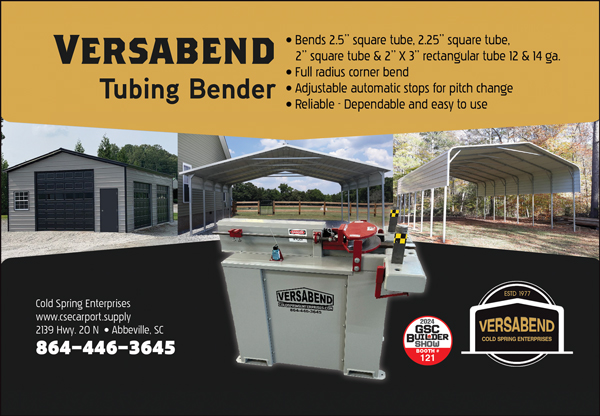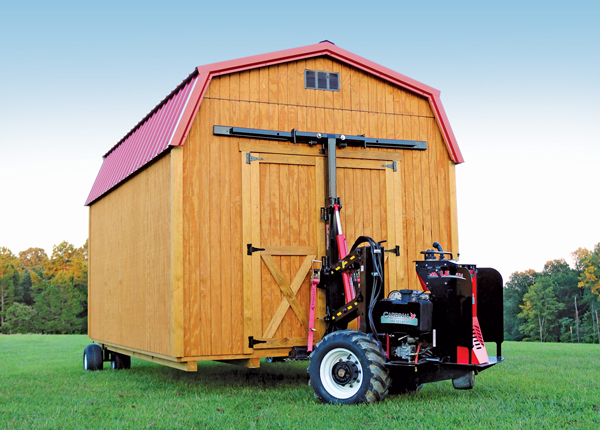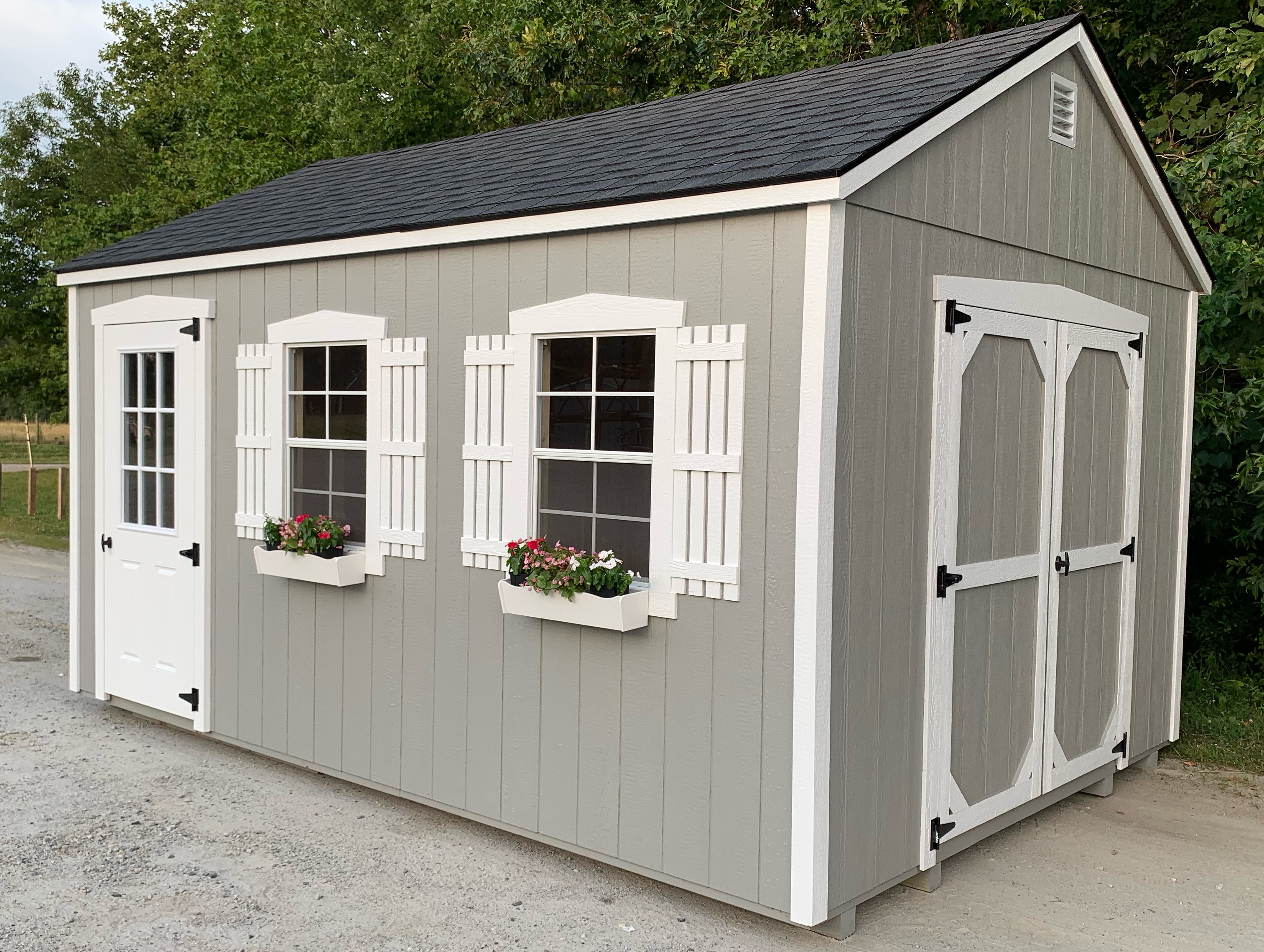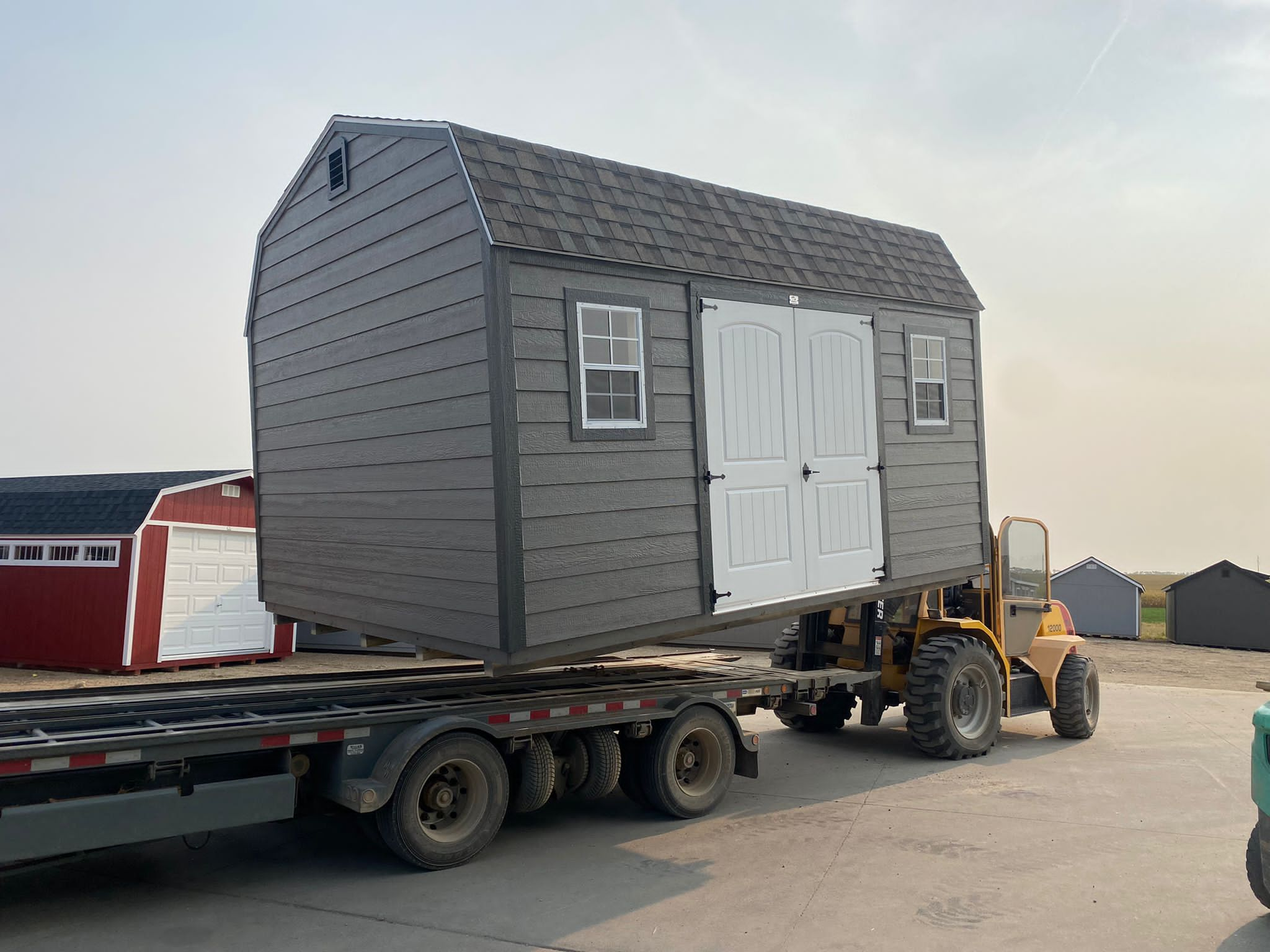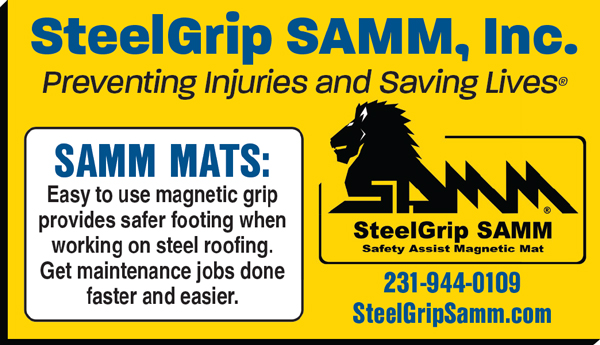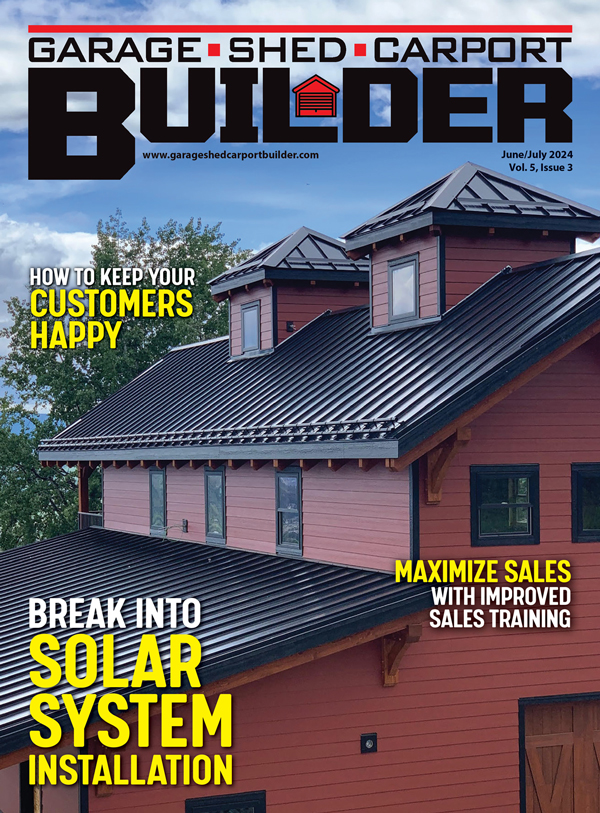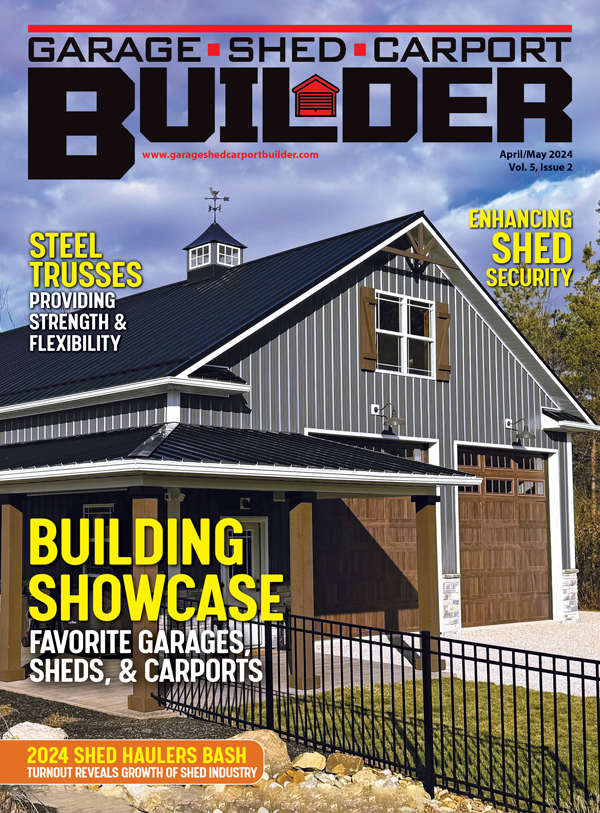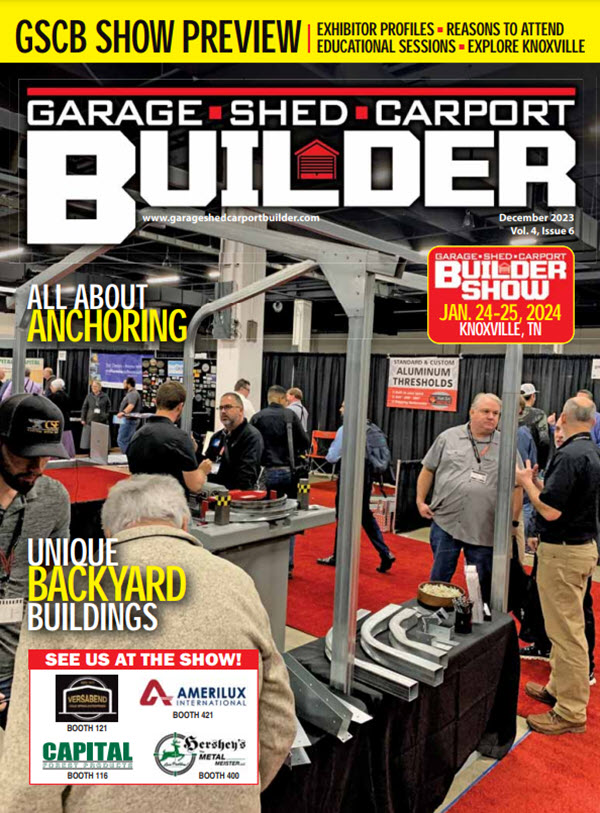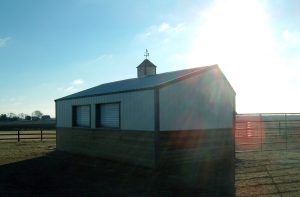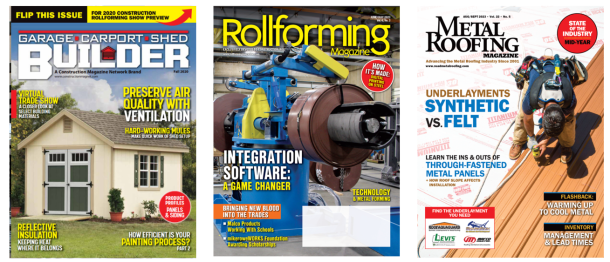By Dan Brownell
Crime is an ever-present reality in our world, and sheds experience their share of break-ins and vandalism. Devices such as security lighting, security cameras, and alarms can be used to help reduce crime, but shed security can also be improved through the choice of doors, windows, and hardware, explained Thomas Slack, co-owner of Shed Windows and More, in Longs, South Carolina.
Slack’s wife, Theresa, started the company in 2001 when she noted that many DIYers were looking for shed components. Slack joined his wife full-time in 2008 and built their website shedwindowsandmore.com to reach a wider audience. Now the company services DIYers, builders, and contractors around the world. With more than 15 years of experience in the industry, Slack has developed a keen insight into shed security and frequently speaks on the topic.
“There are many questions you need to think about when you consider the security of a shed,” he said. “How do you know what type of screws do you use? What type of door hardware do you use? How do you do the hinges? What hinge system do you use? What kind of windows do you use?”
The choices are important because the typical stock hardware on a shed may not be strong enough to stop a thief who is willing to work a little to break in. “Probably 98% of people use the standard T handle on their shed,” Slack said. “That T-handle is everyone’s main line of defense. But if I take a hammer and I smack that T handle once or twice, guess what? I’m gonna pop that soft metal cylinder lock and have access to your shed.
The handle can be upgraded to a sturdier one, but there is a limit to the sturdiness of cylinder locks. “You can take the lock a step further,” Slack said. “We have a three-point locking system that has a header bolt, a bottom plate bolt, and a center bolt that goes across. And that’s the one that we use and for people who want to add a little more security, but it still uses a T handle. The problem is that while the owner might think, Cool! I have three points of security on my door, in reality, if someone tries to pull or pry on it, a cylinder lock is a cylinder lock. If you put enough leverage on it, it’s going to pop.” So the locks do have limitations.

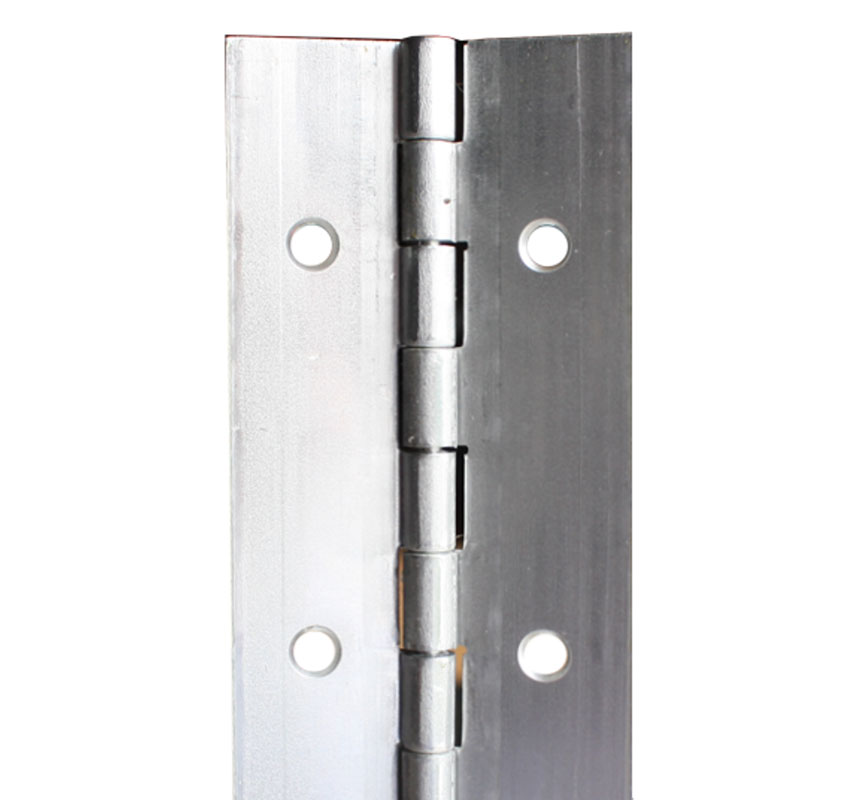
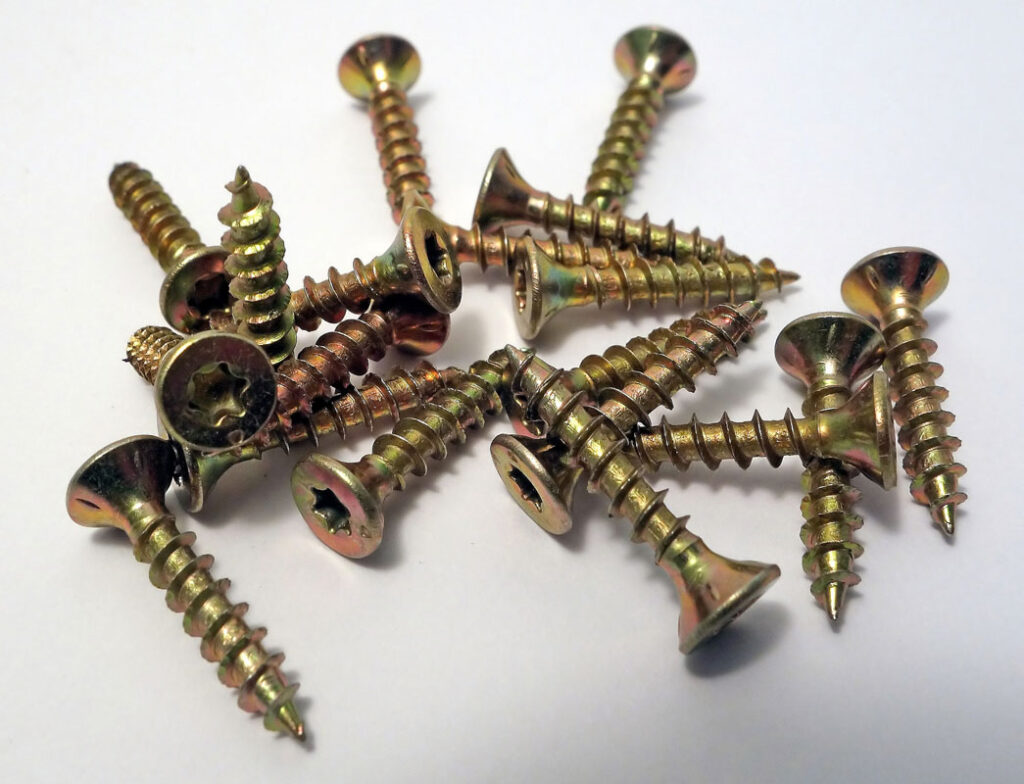
Protecting the Screws That Hold the Hinges
“The typical building supply company right now uses square-head screws because Phillips-head screws became very popular,” Slack said. “Everybody has a Phillips head screwdriver, so it’s not hard to get a Phillips screwdriver and pop out a couple of screws off a hinge and just take someone’s door off and have access to their storage shed. So, everyone went to that square bit because it’s safer, it’s more protective. But now square bits are becoming more and more popular. They’re in every single shed kit.
“One of the things we’re looking at this year in our business is going to a special star bit that’s not standard. It’s a metric-style star bit, so it’s not in every single kit. So when we provide you screws and hardware, we’ll provide you that bit. And that will be a security option to provide an extra level of security.”
The Weakest Link
The weakest part of any chain is the weakest link. The same principle holds true with sheds. “The weakest point of any building is the door,” Thomas said. “The door is the entry point, and the entry point is always the weakest, which is why I put so much focus on doors. So how do you improve the entry system of your building? There’s a couple of different ways you can do that. You change your door. You can go away from a wood door, or you can change the hardware on the wood door.”
“The most vulnerable spots on a wood door are the hinges and door handle. Most hinges are face-mount on a wood door,” he said. “A few people use a continuous hinge, or a butt hinge, which are going to be more secure. For instance, we have a 72” continuous hinge. That’s what we call our piano hinge, or a continuous hinge, and that 72” hinge goes pretty much the whole length of the door on a standard shed wood door, which covers and hides the screws. The hinge pin is locked in so you can’t pop the pin. You can’t undo the screws. So a way to secure your buildings is by going with a hinge that can’t be tampered with and can’t be taken off while the door is closed.
Closing the Window of Opportunity for Theft
“As long as you build walls correctly, someone’s not going to be able to ram it with their shoulder to break through a wall or knock it down. So the only other way people can get in is through windows and doors,” Slack said. “A lot of people who are trying to secure their buildings just don’t use windows at all. The only entry point then is the door. Then you go with the most secure door system. You go with the corrugated roll-up door.”
Paul Holbrook, of Duvall’s Portable Buildings (duvallsaffordableportablebuilding.com) in Clarksville, Arkansas, said his company’s standard doors are the 3’ double barn doors, which creates a 6’-wide opening to make easy access for storing large items like riding mowers, ATVs, motorcycles, etc. But customers who want more security, such as for a home office shed, can upgrade to a heavier-duty house door with a nine-lite window. Owners can then purchase whatever level door lock they would like from their local hardware store, such a deadbolt lock. In addition, Duvall’s offers an upgrade to a double-pane insulated house window, which is sturdier than its standard single-pane storage shed window.
Slack pointed out that while one option for increasing window security would be to install small windows — small enough to prevent someone from entering through them — that creates a design that’s not very visually appealing. A lot of people won’t go with tiny windows because they would rather go with no real window at all and put in a faux window instead.
“Normally in a situation like that, what I suggest is to build a casement system and put fake windows in,” Slack said. That provides the visual of windows although they’re not actual functional windows for light or ventilation, but they are secure because people can’t use them to enter. “If you want windows for light, you put transoms on your eaves so people can’t reach them,” he said.
By implementing some or all of these suggestions, shed owners can rest easier, knowing that their shed has improved security. GSCB




